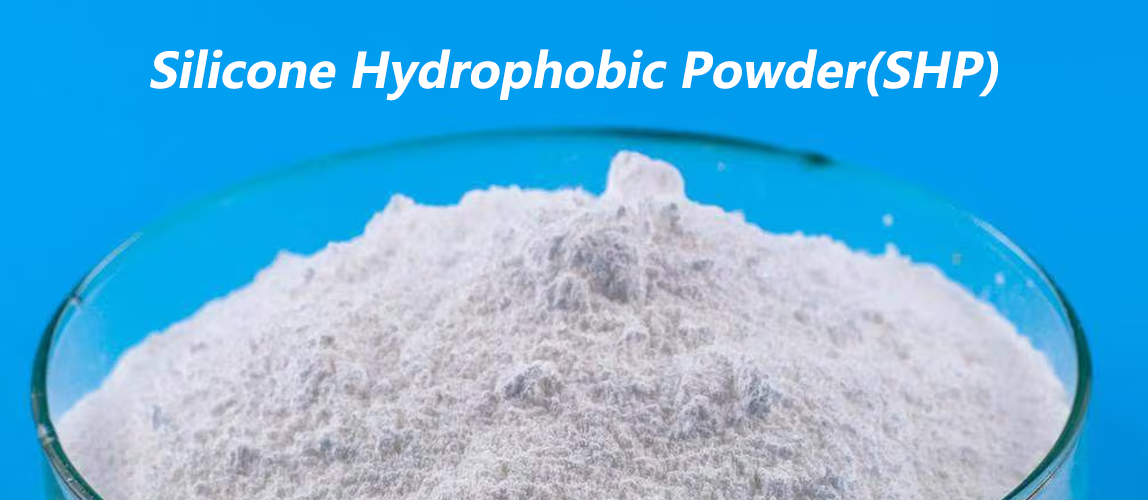
Silicone Hydrophobic Powder (SHP): Enhancing Waterproof and Anti-Fouling Performance in India
Silicone Hydrophobic Powder (SHP), a silane- or siloxane-based high-performance additive, is transforming building materials by improving their waterproof and anti-fouling properties. In India, where diverse climates—from monsoons to arid heat—challenge construction durability, SHP is widely used in dry-mix mortars, exterior coatings, and gypsum products to enhance longevity and reduce maintenance. This article explores SHP’s role, applications, and benefits in India’s construction sector, highlighted by a customer case study and optimized with keywords for search visibility.
How SHP Works
SHP creates a hydrophobic barrier on material surfaces through its siloxane chemistry. When water contacts the surface, it forms droplets and rolls off, preventing penetration. This “anti-capillary effect” boosts waterproofing while reducing dirt and stain adhesion for superior anti-fouling. SHP also maintains breathability, allowing vapor escape to prevent internal moisture buildup, ensuring long-term material integrity.
Applications in India’s Construction
Silicone Hydrophobic Powder is applied across various building materials in India:
Dry-Mix Mortars and Putty Powders: SHP reduces water absorption in cement-based mortars and putties, preventing moisture-related damage in humid regions like Mumbai or Kolkata.
Exterior Coatings: In coatings, SHP enhances weather resistance, preventing cracking or peeling during monsoons, while its anti-fouling properties keep surfaces clean in dusty cities like Delhi.
Gypsum Products: SHP improves moisture resistance in gypsum for bathrooms and kitchens, vital in India’s tropical climates.
Waterproof Mortars and Sealants: SHP strengthens waterproof mortars, creating robust barriers for roofs and foundations in flood-prone areas.
Customer Case Study: Mumbai Coastal Residential Project
In a high-rise residential project along Mumbai’s coast, a leading Indian construction firm faced challenges with water seepage and staining due to heavy monsoons and salty air. They incorporated SHP into the exterior mortar and coatings. The SHP-enhanced materials formed a seamless moisture barrier, reducing water ingress by over 90% compared to untreated surfaces. The anti-fouling properties also minimized algae and salt stains, cutting maintenance costs by 30%. Our technical team provided on-site support, ensuring optimal SHP integration, resulting in a durable, low-maintenance facade that withstood India’s harsh coastal conditions.
Advantages of SHP
Silicone Hydrophobic Powder offers key benefits for India’s construction needs:
Reduced Water Absorption: Protects against monsoon-driven mold and corrosion.
Enhanced Durability: Resists UV rays, humidity, and pollution, ideal for India’s varied climates.
Anti-Fouling and Easy Maintenance: Minimizes dust and stain buildup, simplifying upkeep in urban areas.
Eco-Friendly: VOC-free, SHP supports sustainable construction by extending material lifespan.
Conclusion
Silicone Hydrophobic Powder (SHP) is revolutionizing building waterproofing and anti-fouling in India, offering robust protection against moisture and stains. The Mumbai case study demonstrates its effectiveness in challenging environments. As India’s construction sector grows, SHP will remain a cornerstone for durable, low-maintenance solutions.

